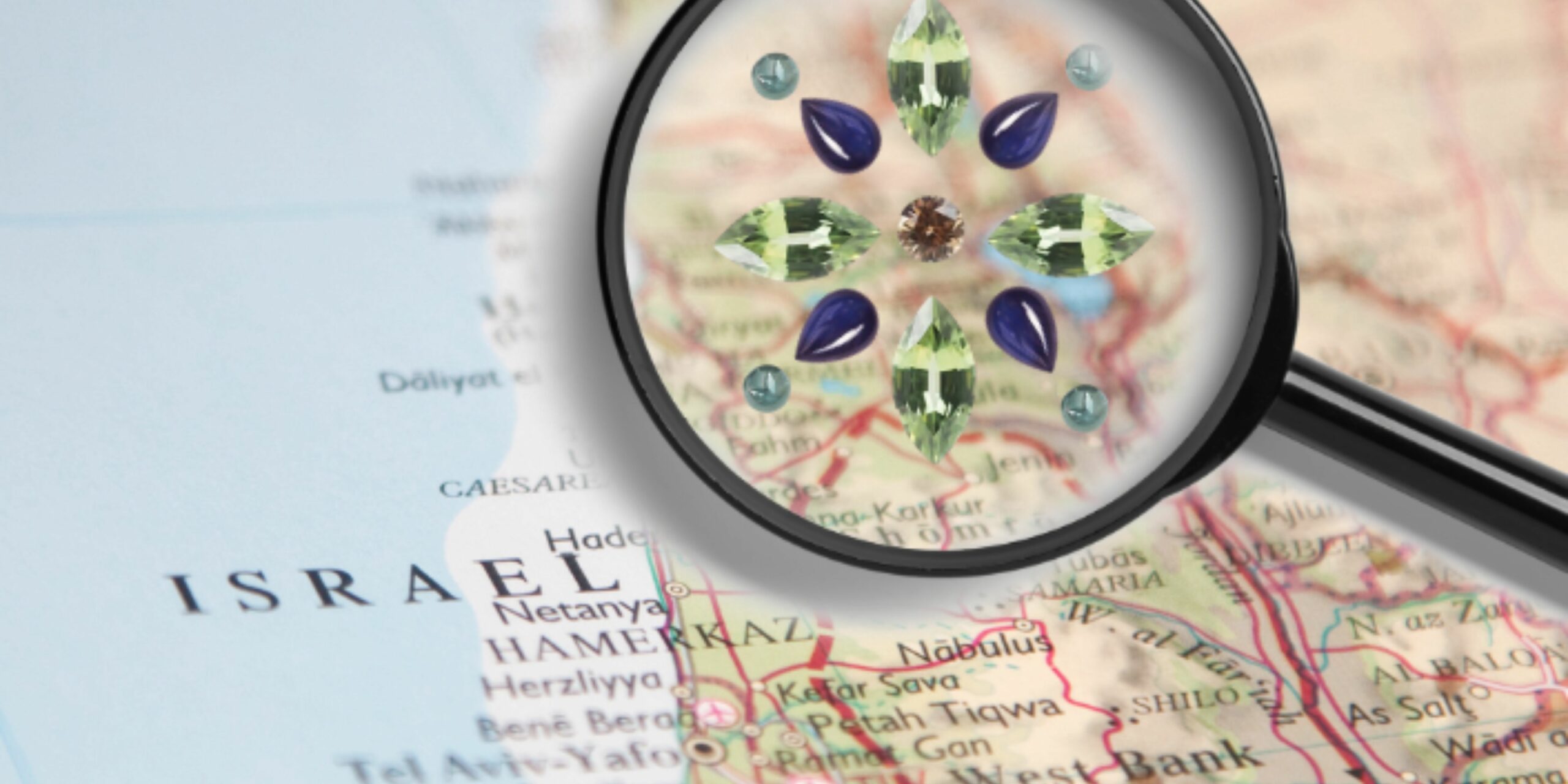The allure of precious stones transcends mere aesthetics; it is deeply rooted in the mystique surrounding their origins. The geographical birthplace of a gemstone can wield a profound impact on its perceived value in the eyes of collectors, investors, and connoisseurs. This influence is a complex interplay of geological, historical, and cultural factors that converge to shape the unique narrative of each stone. In this article, we delve into the fascinating world of precious stones and explore how their origin intricately weaves into the fabric of their value.
Geological Significance
One of the primary factors that contribute to the value of a precious stone is its geological origin. Gemstones are formed deep within the Earth’s crust under specific conditions, with each region having its unique geological characteristics. Diamonds, for instance, are often associated with deep volcanic pipes, while emeralds find their origins in hydrothermal veins.
The geological processes that govern the formation of these stones can impact their size, color, clarity, and overall quality. Stones that emerge from regions with optimal conditions tend to exhibit superior characteristics, making them more valuable in the eyes of collectors.
Cultural and Historical Context
The historical and cultural significance of a gemstone’s origin also plays a pivotal role in determining its value. Certain regions have a storied legacy associated with the mining and trading of specific gemstones, elevating their cultural value. For example, Burmese rubies are renowned for their intense red hue and have a rich historical significance, fetching higher prices due to their association with royalty and ancient civilizations.
Additionally, gemstones from regions with a long-standing tradition of craftsmanship or spiritual significance may carry an added premium. For example, precious stones mined from the Holy Land of Israel represent a deep historical connection to the Bible and a long-standing religious heritage.
The cultural and historical context of a stone contributes to its perceived rarity and uniqueness, influencing collectors to place a higher value on such gems.
Ethical Sourcing and Certification
In recent years, ethical considerations have become integral to the valuation of precious stones. The origin of a gemstone is closely tied to ethical sourcing practices, with consumers increasingly seeking assurance that their purchases do not contribute to environmental degradation or human rights abuses.
Stones that come from regions with transparent and responsible mining practices often receive certifications attesting to their ethical origin. These certifications, such as the Kimberley Process for diamonds, can significantly impact the value of a stone by ensuring that it meets ethical standards, thereby enhancing its market desirability.
Market Trends and Rarity
The rarity of a gemstone, influenced by its origin, is a crucial factor in determining its market value. Stones from regions with limited deposits or those facing geopolitical challenges may become scarcer over time, driving up their value. Changes in market trends, demand-supply dynamics, and geopolitical events can lead to fluctuations in the perceived value of stones based on their origin.
Conclusion
The influence of a precious stone’s origin on its value is a multifaceted tapestry that weaves together geological, historical, cultural, and ethical threads. Understanding the intricate dance of these factors provides insight into why certain gemstones command higher prices in the market. As the industry continues to evolve, the story behind a stone, rooted in its origin, will remain a compelling aspect that captivates the imagination of collectors and enthusiasts alike.
HOLYGEMS is the exclusive marketer of precious gems mined from the Holy Land of Israel – the most sacred source in the world!

